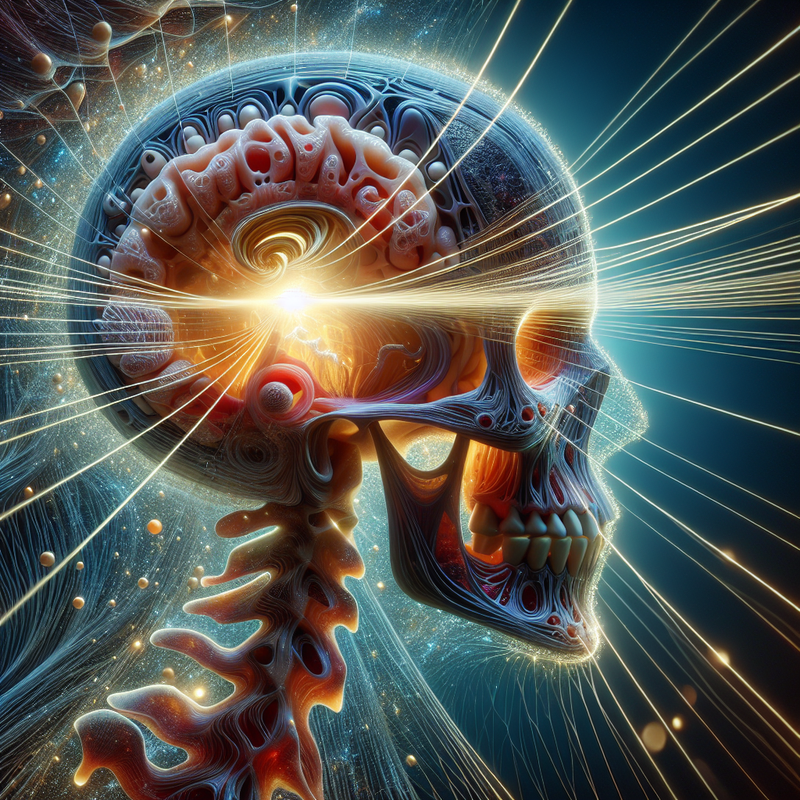Psychedelics and Cerebral Dominance: A Hypothesis
Adam Levin, a postdoctoral scholar and psychiatrist at The Ohio State University College of Social Work, has introduced an intriguing hypothesis regarding the action of psychedelic substances on cerebral dominance. According to his hypothesis, these substances may reverse the traditional hierarchical dynamic between the brain’s hemispheres, potentially inducing a state of right-brain dominance. Such a shift could offer a biological basis for the heightened states of empathy and profound realizations often reported by individuals who consume psychedelic drugs.
The HEALS Theory
Levin’s interdisciplinary experience in the domain of therapeutic psychedelics and psychiatry laid the foundation for his formulation of the Hemispheric Annealing and Lateralization Under Psychedelics (HEALS) theory. The HEALS concept was shared with the academic world through the Journal of Psychopharmacology and posits that psychedelics induce a rare cerebral state wherein the two hemispheres synchronize in a manner that diverges from our standard conscious experience.
In our ordinary state, the left hemisphere, adept at dissecting details and managing discrete components, usually exerts greater control compared to the right hemisphere. However, under the influence of psychedelics, Levin’s HEALS framework hypothesizes that this dominance is challenged, thereby elevating the right hemisphere’s integrative, holistic mode of operation. This theory gains traction through Levin’s clinical experiences with stroke patients who have suffered impairment in their right hemisphere, resulting in a more constricted attention span—lending credibility to the right hemisphere’s role in fostering an expansive attentional field.
Potential Psychological Enhancements
Enhanced psychological traits, such as flexibility in thought, creativity, emotional and social intelligence, along with an amplified sense of empathy, interconnectedness, and a vivid awareness of novelty and ‘aliveness,’ have all been observed in subjects partaking in psychedelic studies. These traits parallel the right hemisphere’s capabilities, a correlation seemingly substantiated by neuroimaging research that has identified elevated right frontal lobe activity and blood circulation during psychedelic experiences.
The proposal that psychedelics could nurture heightened awareness, paralleling the heightened states in seasoned meditators, opens up the discussion for potential long-term enhancement of right-brained faculties. Levin is hopeful that these substances could sustain mindfulness-related brain alterations akin to those spurred by consistent meditation practice.
Multifaceted Nature of Psychedelic Investigations
In light of the burgeoning interest and advancements in psychedelic investigations, particularly within therapeutic spheres, Levin postulates that a variety of theories will likely surface to tackle the complexities of how these drugs shape brain function. In his view, maintaining openness to multiple explanations is crucial, as becoming too entrenched in a singular narrative may distract from the multifaceted nature of brain activity and behavior.
Levin’s extensive analysis suggests that despite the necessity for diverse theoretical orientations, the relationship between psychedelics and right-brain dominance presents a compelling narrative that warrants further exploration. Such inquiries will not only enrich the academic understanding of psychedelic substances but also their potential for psychotherapeutic applications.




